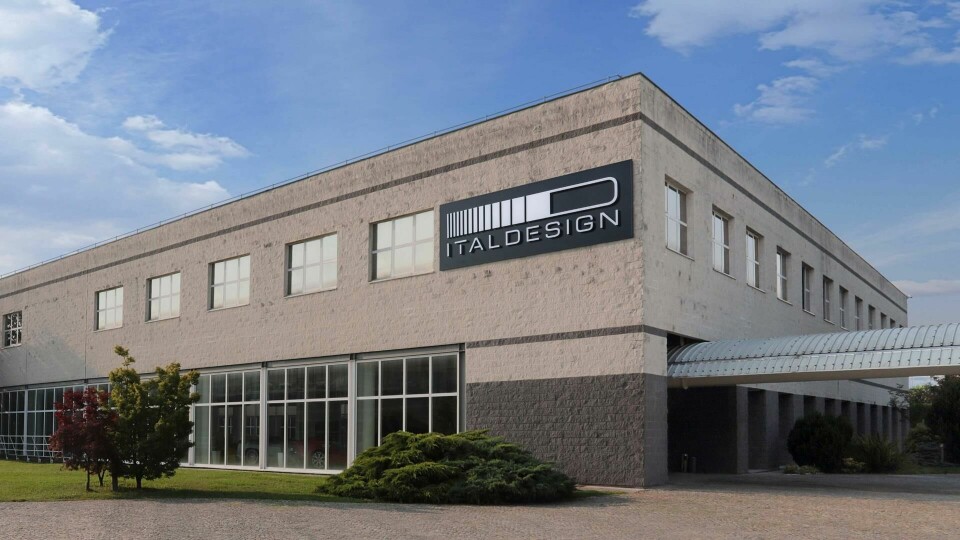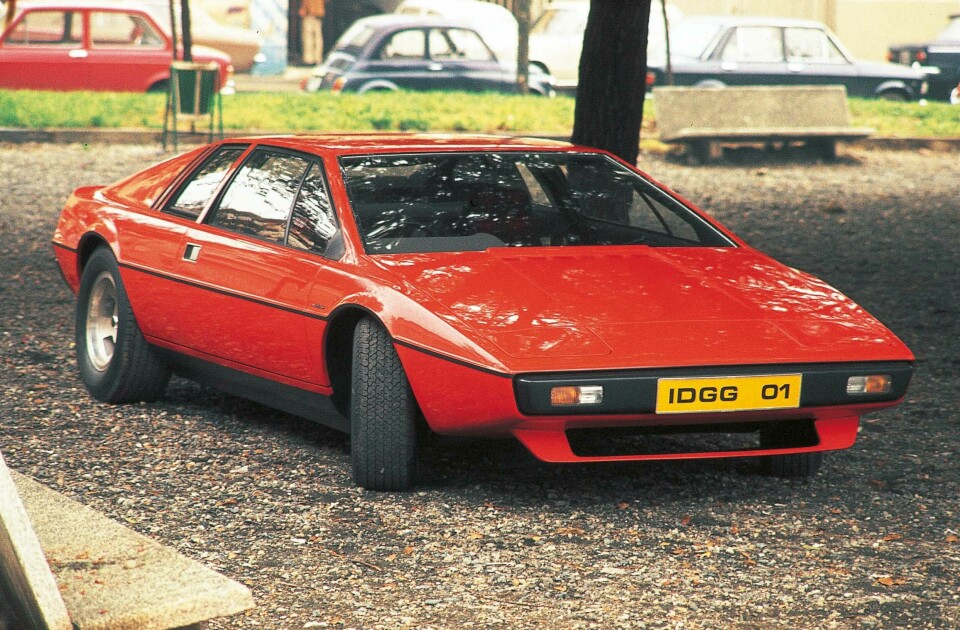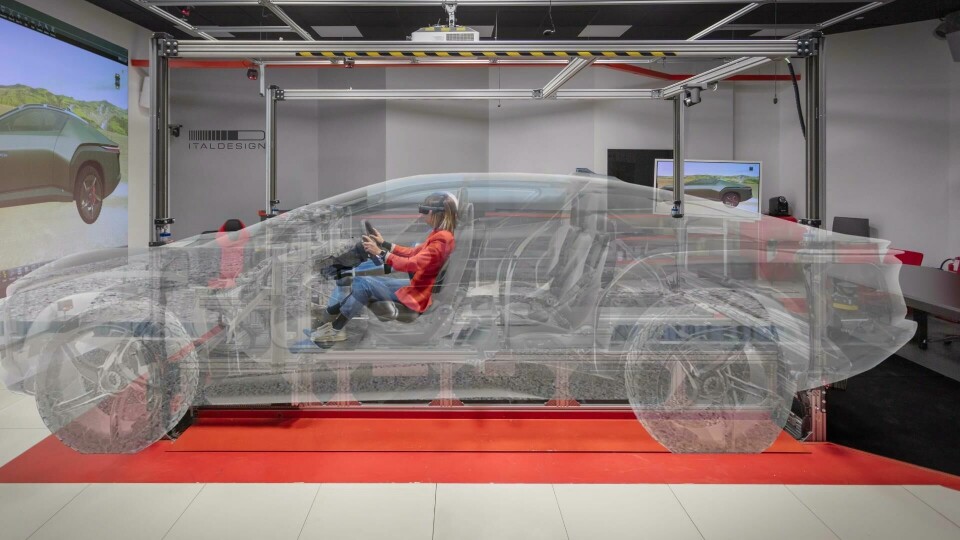
Inside the studio: Italdesign Michigan
Italdesign opens a low-profile but high-impact office in Michigan, bringing its legendary design-engineering fusion closer to America’s automotive heartland
In February of 1968, two enterprising men, Giorgetto Giugiaro and Aldo Mantovani, founded Studi Italiani Realizzazione Prototipi S.p.A. – a venture that would come to be known, simply, as Italdesign. 57 years on, this consultancy maintains a reputation that is, quite frankly, unparalleled in the world of automotive design.
Landmark products like the Lotus Esprit (seen below), the Fiat Panda and the Lancia Delta, have made Italdesign a household name within the car business. And yet, there are still some aspects of this storied firm that are not as well known as they should be, even inside the industry.

With the launching of a new office in Southeast Michigan, Italdesign is poised to reintroduce itself to both old and new clients, while continuing to build on its unrivalled, international credentials.
Italdesign Michigan is located in an unassuming office building, one of many that dot the suburban Detroit landscape. Only a small logo on the exterior facade indicates their presence. The fourth-floor space is like many others in the area, with a conference room, a kitchen, computer workstations and private offices. Images of lauded work, like the MK I Volkswagen Golf and the DeLorean DMC-12, decorate the walls. Italdesign’s own Finora office chairs are prominently featured, paying subtle testament to the consultancy’s versatility. And despite the rather modest surroundings, there is a palpable sense that you are in the midst of design expertise – due in no small part to the talented leadership team that greets you at the door.
Fabrizio Mina, Italdesign USA’s chief executive officer since last year, is uniquely suited to lead the Michigan office. “I arrived here in the US in 2012,” Mina says. He had planned to stay for only one year, but thirteen years later, he has a son graduating from Michigan State and a daughter ready to attend the University of Michigan. He now considers himself a true Michigander; very familiar with the local culture and, by extension, the importance of understanding the local car industry. “In this location, we can create a team of people who are used to working in the automotive (industry); they know the customer’s expectations. In this way, when we are developing a project, and we are discussing with our team the resources that we have in Italy, we can easily arrive at the conclusion of what is better for our customers.”
When it comes to populating the Michigan office, engineering talent is first on the list, which may surprise many people in the industry who thought they knew Italdesign. In fact, the consultancy’s engineering capabilities stretch all the way back to its founding, which helped differentiate it significantly from other design houses. “Pininfarina was founded by ‘Pinin’ Farina, who was really, purely a designer,” Mina recounts. “Giugiaro and Mantovani were delivering a different package. Design and engineering, always together. Combining the two and trying to give a different approach to the customer.”
More broadly, the immediate goal for the Michigan staff will be to serve as a sort of interface with local clientele, backed up by Italdesign’s immense resources in Italy. “So then, we can deliver a really top-class (design), with all the expertise that we have there (in Italy), and then having Americans working with Americans, so that, in this way, we can really deliver what the customer wants.” In addition, Mina points out that the Michigan office will be very flexible with the amount of support they offer, being careful not to replace or supplant the expertise of their clients.

One of the resources available to clients (yet another capability some may be unaware of) is Italdesign’s proprietary seating buck technology (seen above). Known internally as Concept Lab, this technology took three years to develop; the end result being a clever combination of in-house hardware and software. The physical buck is made of lightweight aluminum, and can adjust its dimensions to suit a wide array of interior packages. Everything from a small car to a commercial-sized vehicle can be accommodated.
Concept Lab then makes use of virtual reality and motion capture sensors to showcase a digital interior concept. “We are giving an opportunity to the customer to check the feasibility, the ergonomics, and virtually test the UX/UI,” Mina says. Although located in Italy, Concept Lab will surely be an asset to Michigan clients who need an interior or a human-machine interface designed with dispatch. “When (clients) were doing clay or interior bucks in the past, it might take you weeks to make a new design, “ says Gary Fong, Italdesign’s communications expert in North America. “Our guys can do it virtually, being connected hours apart, and be able to effect a change on something in a very short amount of time.” The Michigan office is already having conversations about the possibility of recreating Concept Lab stateside.
When it comes to prototype building or manufacturing, there are currently no plans to provide these locally; at least not for the next five years. Indeed, how fast Italdesign’s Michigan operations grow or expand will depend on a variety of factors (the American economy being among the most obvious), but one thing is for certain: the sheer breadth of services being offered will set this new office apart from similar offerings in the Metro Detroit area. “There’s a lot of companies that can do VR,” says Douglas Menzer, Italdesign USA’s business development manager. “But there isn’t any (other) company that has the design team working with the engineering team, working with the manufacturing team to fully understand the scope of vehicle development.” It’s this scope, together with the legendary Italdesign name, that should attract a lot of attention in the coming months, and hopefully, for years to come.



